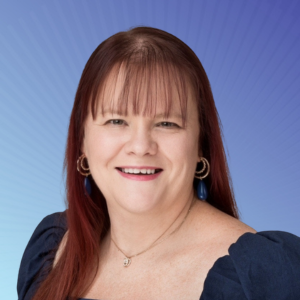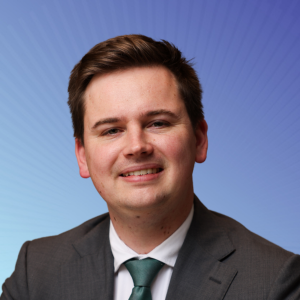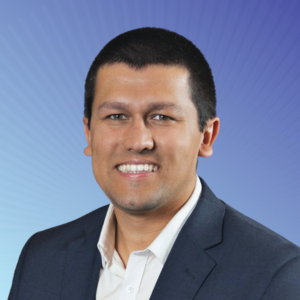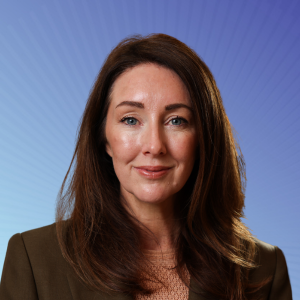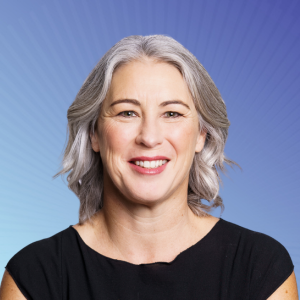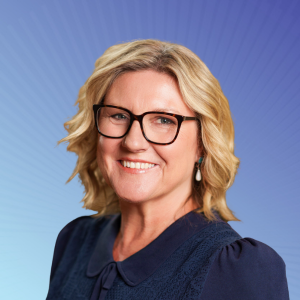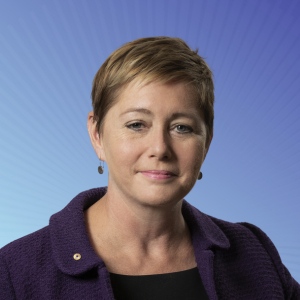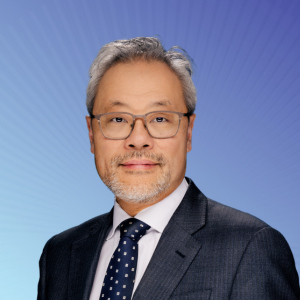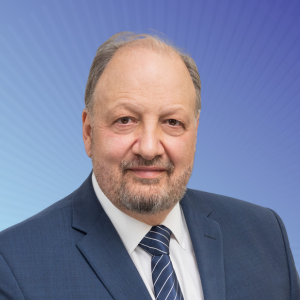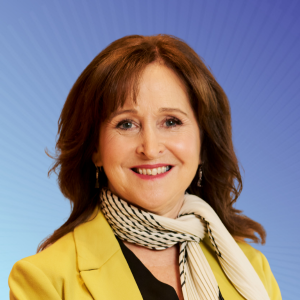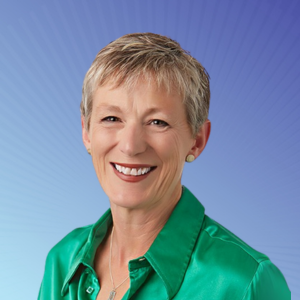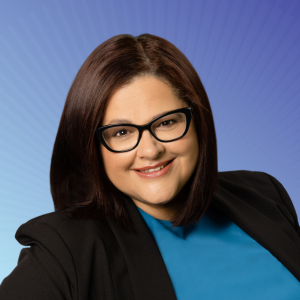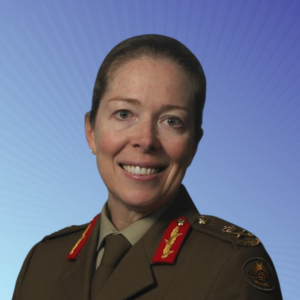30 August 2018
Another good year for Australia’s super savers
Australian superannuation funds are continuing to deliver world-class investment returns.
New research released today by the Association of Superannuation Funds of Australia (ASFA) provides details of both short-term and long-term performance of superannuation funds (Table 1 below).
The analysis, prepared for ASFA by Morningstar, shows that for the year ending 30 June 2018, the median superannuation fund in the accumulation phase produced a return, after tax and investment fees, of 9.1 per cent. Over the 56 years covered by the study, superannuation funds have returned 10.0 per cent per annum, exceeding Average Weekly Ordinary Time Earnings/ Average Weekly Earnings (AWOTE/AWE) and price (CPI) inflation by 3.2 per cent pa and 4.9 per cent pa respectively.
While most superannuation fund members bear the risk of variations in investment returns from year to year (including negative returns in some years) the concept of taking on short term risk in order to gain a healthy long term return is well established. As shown by the numbers above, superannuation has provided long-term inflation adjusted returns that more than compensate for the risks involved.
ASFA CEO Dr Martin Fahy said super funds had continued to amass wealth for fund members.
“For the typical fund member in a balanced option, investment returns have added more than 85 per cent of the original balance over the past 10 years, while members in growth options have seen their savings grow by more than 90 per cent, even without further contributions,” he said.
“This is despite the significant impact on members experienced during the Global Financial Crisis.”
The latest official data on superannuation assets indicate aggregate assets of around $2.7 trillion. This equates to around $180,000 on average for the 15 million Australians with superannuation, up from an average of around $167,000 a year earlier.
The average superannuation fund outperformed the Future Fund in 2017-18. While the headline investment return for the Future Fund was 9.3 per cent, when allowance is made for the tax paid by superannuation funds on investment income, that return falls to at most 8.8 per cent. This is below the at least 9.1 per cent made by 50 per cent of superannuation funds.
The top performing superannuation funds in 2017-18 had returns of 10 per cent or more. Over 3, 5 and 7 year periods the top performing superannuation funds also had higher returns than the Future Fund.
“Superannuation is working,” Dr Fahy said.
“An increasing number of retirees now have significant private income above the Age Pension, meaning they achieve a comfortable standard of living in retirement, rather than just getting by.
“With legislated increases in the Superannuation Guarantee (SG), this trend will continue and by 2050, half of all retirees will reach the ASFA comfortable standard.”
Average superannuation fund returns over both the short-term and long-term
Table 1: Returns to 30 June 2018
| Average fund returns (%) | AWE (%) |
CPI (%) |
Real returns (%) | ||
|---|---|---|---|---|---|
| vs AWOTE | vs CPI | ||||
| 1 Year | 9.1 | 2.4 | 2.1 | 6.5 | 6.8 |
| 5 Years | 9.0 | 2.1 | 1.9 | 6.8 | 7.0 |
| 10 Years | 6.5 | 3.5 | 2.1 | 2.9 | 4.3 |
| 15 Years | 7.5 | 3.7 | 2.4 | 3.7 | 5.0 |
| 20 Years | 6.7 | 4.0 | 2.6 | 2.6 | 4.0 |
| 25 Years | 7.6 | 4.0 | 2.5 | 3.5 | 5.0 |
| 30 Years | 8.0 | 4.2 | 2.8 | 3.6 | 5.1 |
| 35 Years | 9.6 | 4.6 | 3.4 | 4.8 | 6.0 |
| 40 Years | 10.6 | 5.4 | 4.2 | 4.9 | 6.1 |
| 45 Years | 10.2 | 6.5 | 5.2 | 3.5 | 4.8 |
| 50 Years | 9.7 | 6.7 | 5.1 | 2.8 | 4.4 |
| 56 Years | 10.0 | 6.6 | 4.9 | 3.2 | 4.9 |
For further information, please contact:
Katrina Horrobin, 0451 949 300.
About ASFA
ASFA is the peak policy, research and advocacy body for Australia’s superannuation industry. It is a not-for-profit, sector-neutral, and non-party political, national organisation. ASFA’s mission is to continuously improve the superannuation system, so all Australians can enjoy a comfortable and dignified retirement.

